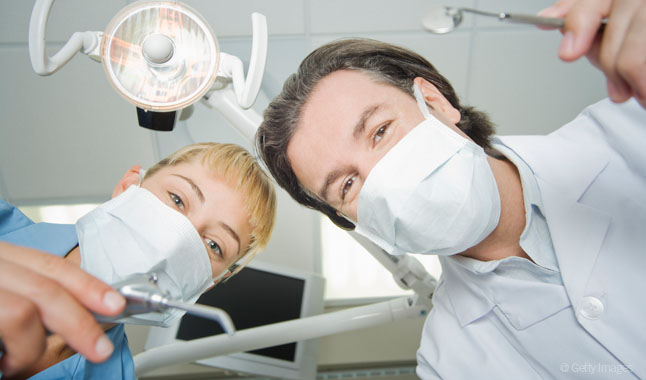- Best Practices New Normal
- Digital Dentistry
- Data Security
- Implants
- Catapult Education
- COVID-19
- Digital Imaging
- Laser Dentistry
- Restorative Dentistry
- Cosmetic Dentistry
- Periodontics
- Oral Care
- Evaluating Dental Materials
- Cement and Adhesives
- Equipment & Supplies
- Ergonomics
- Products
- Dentures
- Infection Control
- Orthodontics
- Technology
- Techniques
- Materials
- Emerging Research
- Pediatric Dentistry
- Endodontics
- Oral-Systemic Health
5 things to do BEFORE you call a consultant
Don’t get me wrong, consultants are great. I hired several over my long career. I like them so much, I became one. But, before you make the call and sign the contract, there a few things you can do to jumpstart the process, or even delay your need for help for a while. Don’t get me wrong, consultants are great. I hired several over my long career. I like them so much, I became one.
Don’t get me wrong, consultants are great. I hired several over my long career. I like them so much, I became one.
Before you make the call and sign the contract, there a few things you can do to jumpstart the process, or even delay your need for help for a while.

Figure out where you are
Look at your production and collections. How many new patients do you see each month? What are your fixed and variable expenses? How do these compare to the national norms? You need to know these things before you can work on any deficiencies.

Figure out where you want to go
First, assess what is a reasonable goal not only in the short term but also in the next year or two. A wise man once wrote, “What you track, you will improve.” The opposite is often the truth also. If you don’t know where you want to go, you will never know if you have arrived. For many years, I have set daily, monthly and yearly goals and tracked my progress toward the goal. I can tell if I am on track, and try to remediate midstream if there is a trend down.

Improve your scheduling
The two most common techniques I have used and recommended are: Block scheduling and two-column scheduling. Block scheduling is reserving certain times in the day for certain types of procedures. Often with this system the terms “rocks, pebbles and sand” are used to designate the types of procedures or the productivity attached to the terms. A “rock” is any procedure that you deem a highly productive procedure. I normally try to schedule two or three productive procedures each day. This will typically insure that you will meet your daily production goal for the day. A “pebble” is a procedure that has a moderate level of production, and “sand” is everything else that is necessary to run a dental office. The word picture for this is a vase that has the rocks put in first, then the pebbles that fill in around the larger rocks, and then the sand that fills every nook and cranny around the rocks and pebbles. You need to reserve the time to make sure each day is productive.
Two-column scheduling is the utilization of two rooms, each with an assigned dental assistant, so that seating, numbing, tray set-up, follow-up and clean-up of the room can take place while the doctor moves to the other room to do the next procedure with the second assistant. This requires the doctor learning a different pace, but can make a remarkable increase in production with very little increase in stress.

Do thorough new patient exams, utilizing your assistants and hygienists to the fullest
Recording clinical finding, taking necessary X-rays, charting all existing restorations and taking intraoral images can all be done at the same appointment that the hygienist does the initial prophylaxis. This will give you the information you will need to do you initial assessment in a very short period of time. You can then decide if the patient has minimal problems or if they need to return for a more thorough consultation appointment.

Treatment consultations with a written treatment plan
Any time there is anything of any consequence, you should sit down, knee to knee, to discuss what the patient’s needs are. There are many ways that this can be done, and you will need to figure out what your style is and how you are comfortable in presenting treatment. A skilled team member, someone I call a treatment coordinator, should do things like financial arrangements and scheduling of work. This person should have been working in dentistry long enough to understand what the discussion is about, treatment options, the financial options you offer in the office, how insurance works in your office and have the confidence to present the needed work and navigate all the obstacles that can come up in closing the sale.
You can wait, and have a consultant tell you to do all these things and hold your hand through the process. The first two of these things will be things you will need to do in preparation for a consultant to come in. Why not get a jumpstart in your practice on your own, and get improvement sooner rather than later. Most of what a consultant does is to tell you things you have heard before, possibly in a different way, and hold you accountable for doing them on a deadline.
Try this do-it-yourself technique. The worst that can happen is that you will realize you need help to work through these systems.
